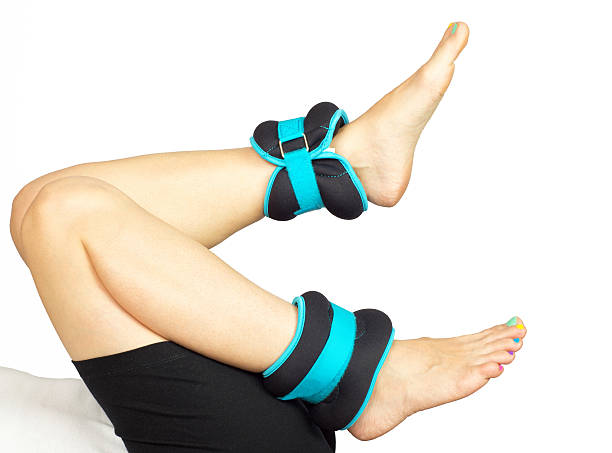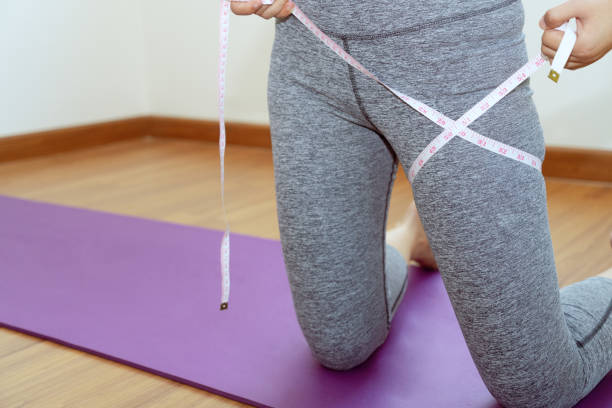At the onset of their fitness journey, novices usually engage in familiar exercises like running and walking. However, not everyone enjoys participating in both activities. In discussing walking compared to running, let’s delve into which exercise ends up being more beneficial in terms of calorie burn and overall weight reduction.
Some people believe that running burns more calories than brisk walking because it uses more energy. Others say that walking burns fat more because it is a more efficient way to use energy.
The answer to this question is not cut and dry, as each person’s body responds differently to different types of exercise. However, running and walking can help you lose weight and get fit. Let’s dig further.
The Benefits of Running

Running has countless benefits, both physical and mental health. Here are some of the fitness benefits:
Effective for Weight Loss
Running can help you burn calories while preventing your craving. Running releases endorphins, which are hormones that block the pain receptors in your brain and stop you from feeling pain. This means you’ll be less likely to overindulge later on when food is available.
Improves Mental Health

Running can improve your mood. Exercise releases feel-good hormones like serotonin, dopamine, and norepinephrine. These neurotransmitters help improve your mood and make you happier overall.
Running can reduce stress levels. Running helps clear your head and let go of negative thoughts when stressed out. It also gives you a sense of accomplishment which will boost your morale for the rest of the day.
Running has been shown to improve your mood, which can help prevent depression and anxiety.
Promote Strong Bones
Running can keep your bones healthy and strong. If you’re not exercising regularly, bone density can fall to an unhealthy level. Running is a great way to get your bones strong and help you maintain a healthy weight.
Good for Skin and Body
Running can help heal your skin. Running can help improve your skin’s tone and texture, which can help prevent wrinkles.
Promotes Good Heart Health
Running can keep your heart healthy. Running is an excellent way to lower your blood pressure, cholesterol, and triglyceride levels. You will be able to reduce the risk of heart disease by about 30%. Running will also help keep your blood pressure in check.

Disadvantages of Running
Running can be a great way to get exercise, but there are some potential disadvantages to running.
- Running can be hard on the hips and knees.
- It can be not easy to fit running into a busy schedule.
- Running can also be expensive if you have to buy special clothes or equipment.
- Running may not provide the same aerobic benefits as other types of exercise.
- It may be difficult to fully recover if you are injured while running.
- If you don’t run regularly enough, your body may lose its ability to burn more calories efficiently.
- Running may put a lot of stress on the joints and connective tissues in the body. Running can also cause back pain, especially if there is not enough support for the knees.

How Much Should You Run?
There is no definitive answer to this question as it depends on various factors, including but not limited to age, weight, experience level, and running goals. Generally speaking, however, runners should gradually increase their mileage over time to allow sufficient body time to adapt.
Wanting more calories burned as much as possible is important. But, it is also necessary to rest appropriately to allow the body to recover from workouts.
A good starting point for novice runners is 10-15 miles per week. For runners who have reached their goal mileage, a good target for weekly mileage is 40-60 miles per week.
As the body becomes increasingly conditioned, and the runner becomes more experienced, adjustments can be made to maximize the runner’s training. The most common interval training involves running a certain distance at a certain pace and then increasing the speed or decreasing the distance by one to two minutes per mile.
The goal is to complete this interval within a given time limit. By alternating between intervals and continuous running, the runner can minimize any potential risk of over-training.
After a rest period, or “cool down,” the runner will run slower for several miles to recover. Interval training is also used in running, cycling, and swimming.
The Benefits of Walking

Speed walking is one of the most efficient forms of exercise and has numerous benefits for your health.
Here are six reasons you should start walking more often:
1. Walking is a low-intensity exercise compared to running exercise that can be done at any time of day
2. Walking can help improve your mood and mental well-being by reducing stress levels.
3. Walking can help improve your heart health by increasing your heart rate and improving your blood circulation.
4. Walking can also help reduce weight, as it burns more calories than other forms of exercise.
5. Walking provides many health benefits beyond weight loss, such as improved joint health, stronger bones, and better moods overall!
6. You can walk anywhere you want to, whether it’s a mall, the park, or even your neighbor’s backyard! Trying something new is never a bad idea.
Disadvantages of Walking
Walking is a great exercise for people, but there are some disadvantages.
- It can be time-consuming: It may take longer to walk somewhere than to drive or take public transportation.
- It can be tiring: Walking can be tiring if done for long distances or at a fast pace.
- It can be difficult to do in bad weather: Walking in bad weather can be unpleasant and dangerous.
- It can be expensive: You may pay for parking or transportation if you walk in a city.
- Walking can also be dangerous if you’re not careful.

How Much Should You Walk?
The amount of walking an individual should do each day depends on various factors, including their age, weight, and overall health.
Generally speaking. However, experts recommend between 30 and 60 minutes of moderate physical activity per day.
Walking is a great way to gradually increase daily activity levels for those unable to meet this goal through traditional exercise. Walking is a good way to get exercise because it can be done anytime, anywhere, and it doesn’t require any special equipment.
Walking is also easy to fit in with your daily routine. You don’t have to go far or pay for expensive transportation. Walking also has a host of health benefits.
Walking is known to reduce the risk of heart disease, improve bone density, prevent osteoporosis, and even help manage certain types of asthma.

Walking and Running: Which Burn More Calories?
Running and walking are popular forms of exercise, but which burns more fat? A new study suggests that running is more effective at burning calories. The study, published in the journal Obesity, assessed the effects of running and walking on weight loss in young adults.
Researchers found that runners lost significantly more weight than walkers over eight weeks. Running was almost three times as effective at burning more calories as walking.
Final Thought
Walking and running can help you lose weight, but running is more efficient in burning fat. However, running appears to get more calories burned than walking. If you want to burn as much fat as possible, running is the way to go.
Start with walking and then gradually increase your speed and distance when starting your weight loss journey. Always consult with your doctor before starting any new exercise routine.





